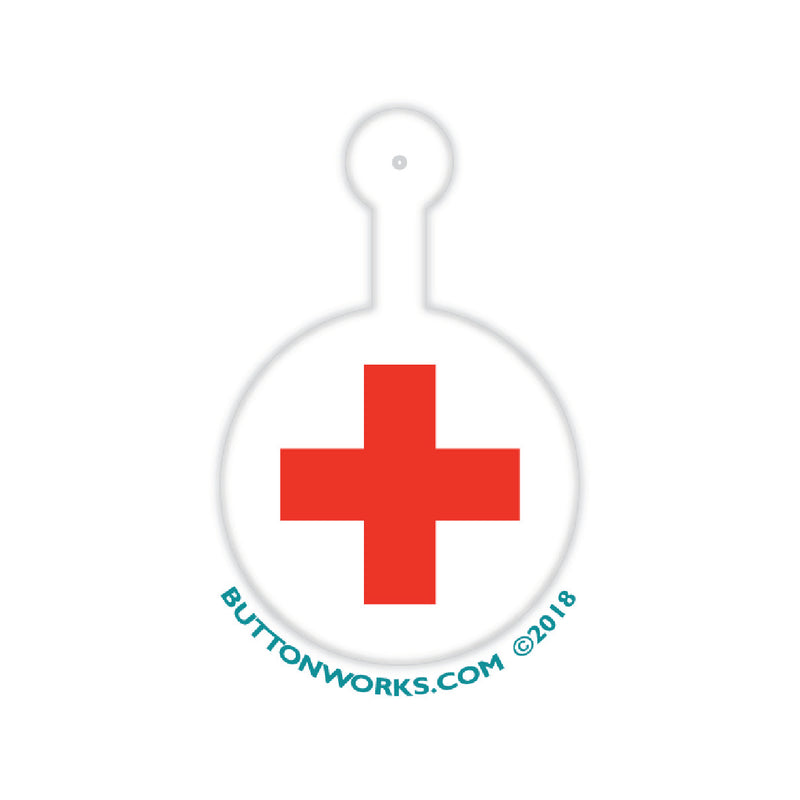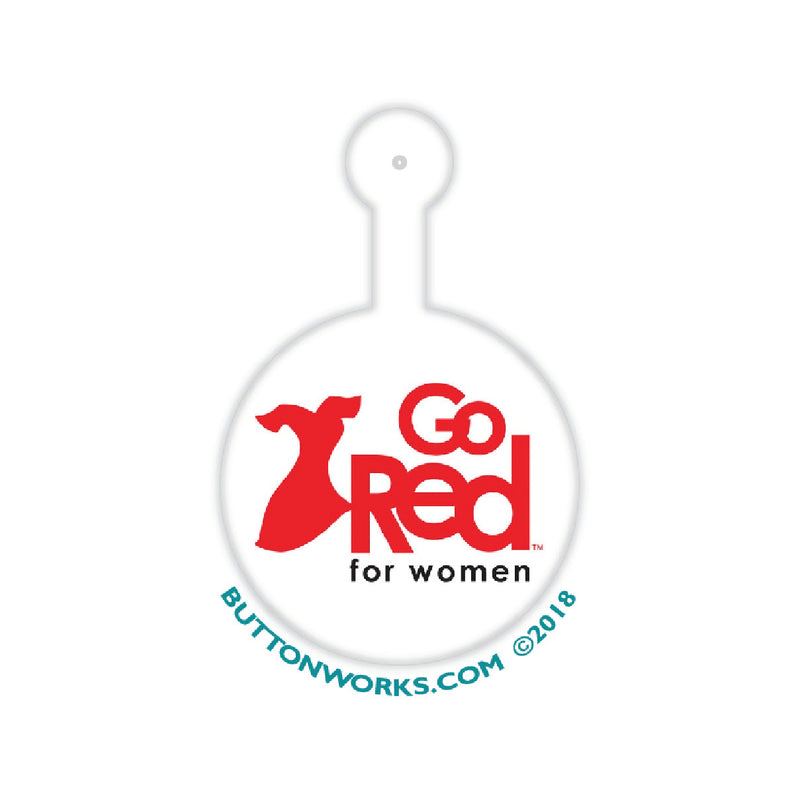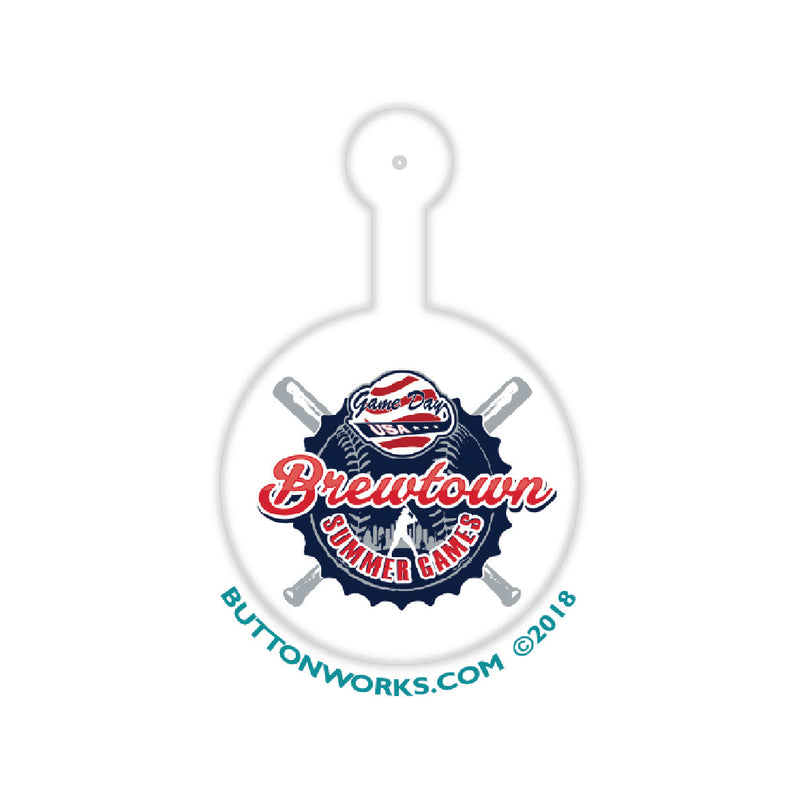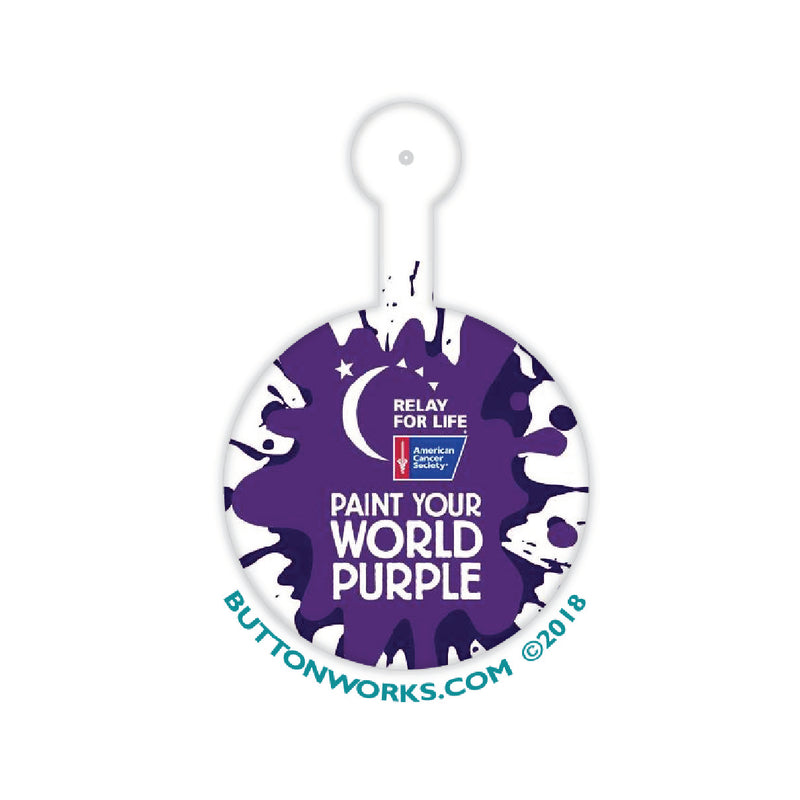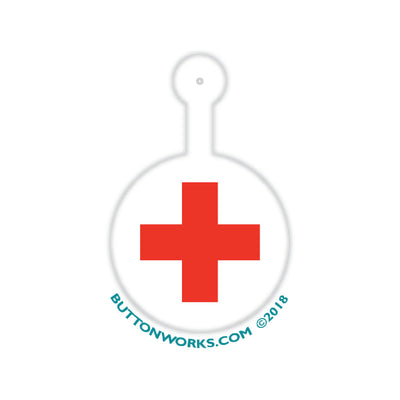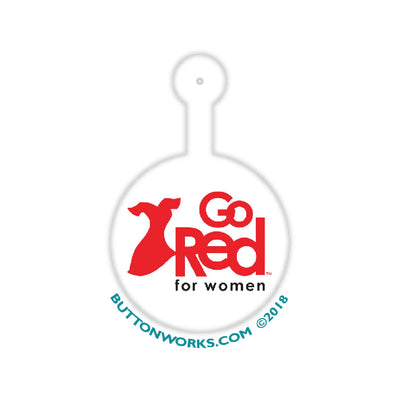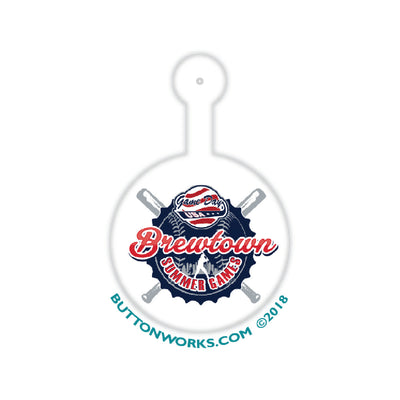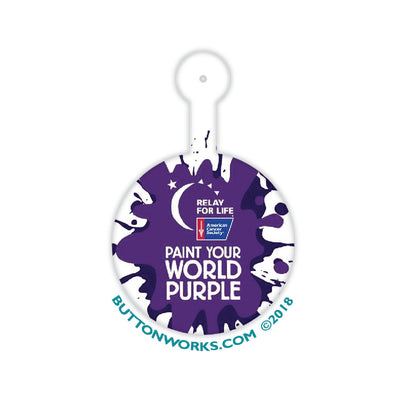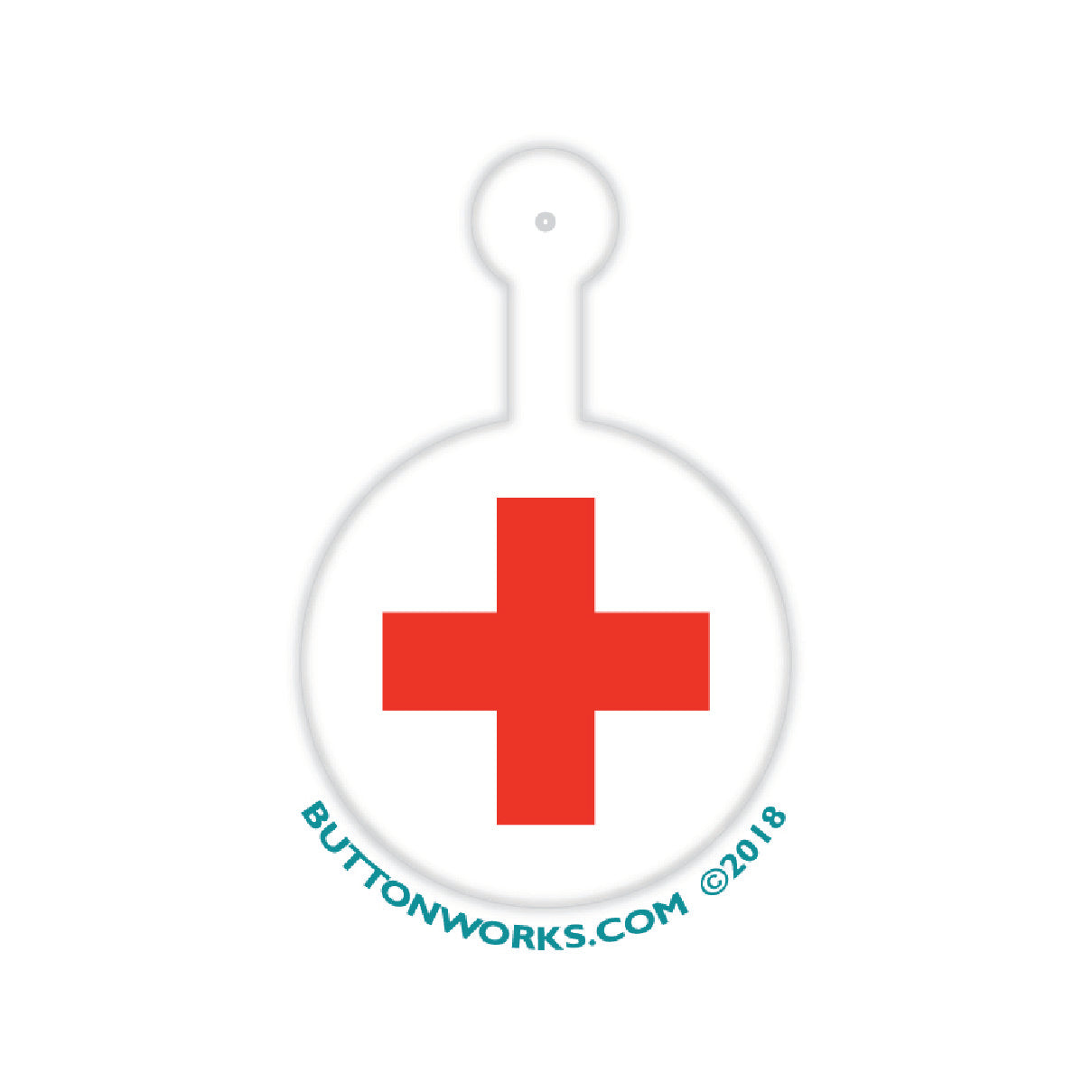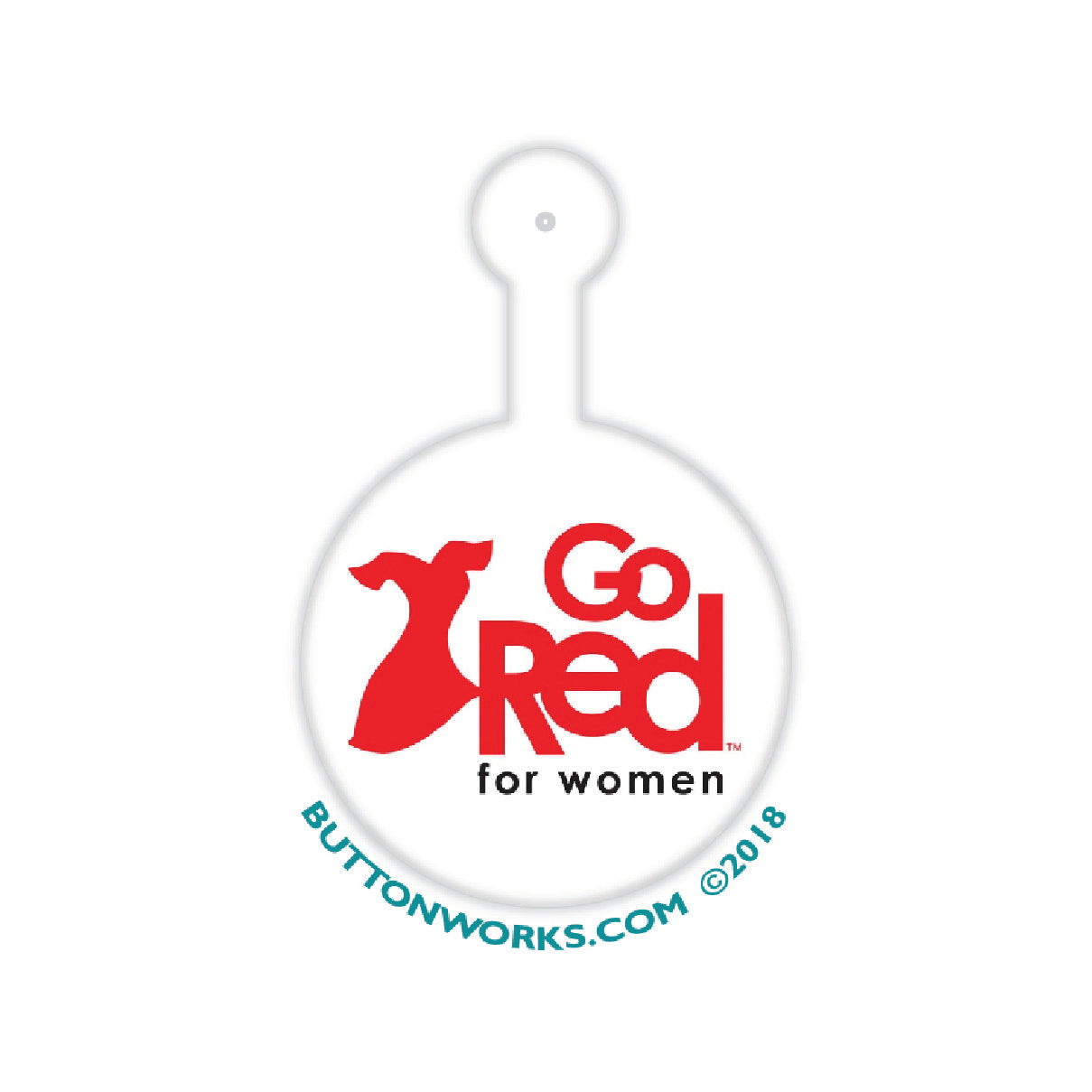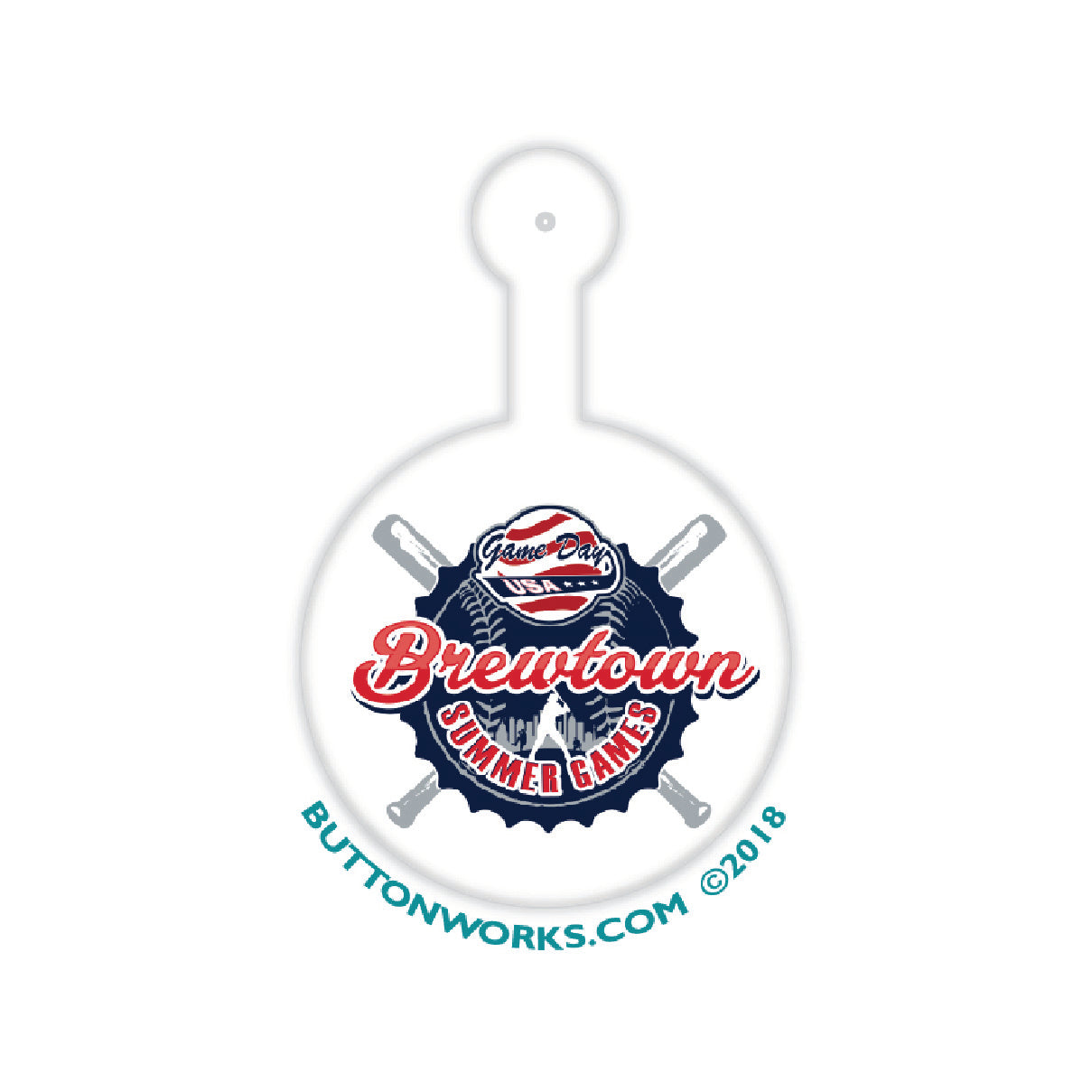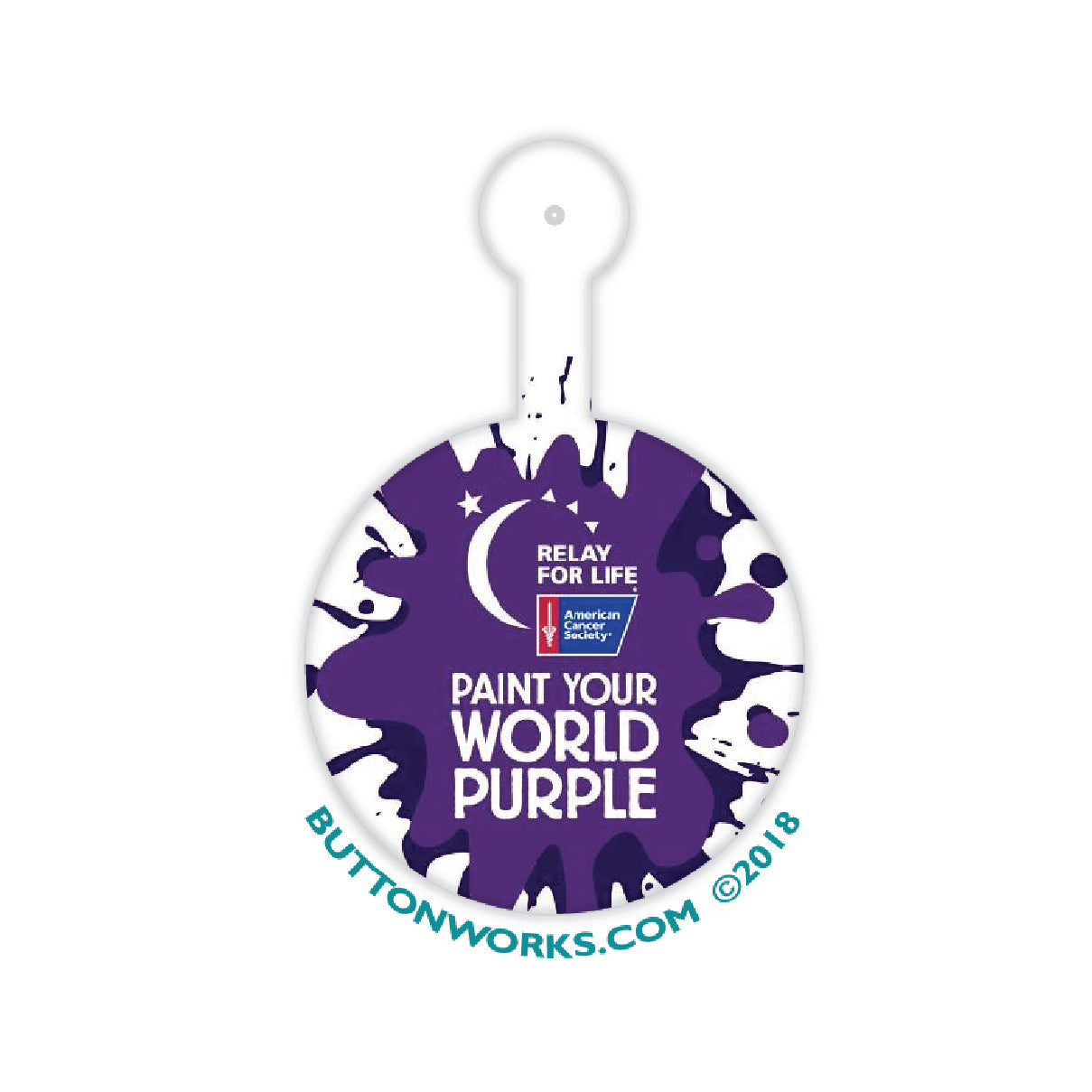Custom 1.25 inch Metal Litho Tab Buttons
Specialty products range in production times, please refer to the description for those details.
Litho tab 1.25-Inch Buttons are a great way to manage admissions and identify people. This size button is a popular choice for museums, aquariums, school, businesses and organizations to identify attendees and visitors. You won't be disappointed with the quality of our 1.25-Inch metal litho tab buttons by Buttonworks.
This item is produced in an old school fashion - given it is an old school item, you'd expect nothing else, right? What that means is there is a 4 to 6 week production time for metal litho tab buttons. There is a 5,000 piece minimum on tab buttons.
Know what you want, but not sure how to create your Custom Button Design? Buttonworks includes 10 minutes of design time, a high resolution digital proof, and Free ground shipping when you order of $100 or more Litho Tab 1.25 Inch Buttons.
Use this template to create your own art offline and email it to us at getbuttons@buttonworks.com.
